In today’s fourth part, I sacrifice my private Mo-Ra3 360 Pro from the lab in the service of science, simply because space was needed for something bigger. Yes, I admit that the working radiator, which unfortunately is no longer available to buy new, could certainly have been sold for a profit on kleinanzeigen.de. But firstly, I generally don’t do that kind of thing and secondly, curiosity was ultimately greater than the desire to maximize profits, because I have since received a lot of inquiries about this monster. Yes, it was a bit of a shame, but never mind. Cut up is cut up and you’ll find out where my curiosity came from in a moment.
At 6.5 kilos gross, the Mo-Ra3 360 Pro is more than just a brick, it is simply a challenge to arms, hands and the technology to be cooled. But that’s okay, it’s not about cooling today, it’s all about the inner workings. In other words, a kind of autopsy of a body that has been cut open. And it will also involve a special weldung process in which no conventional solder such as tin or lead is used. But more about that on the second page.
Technical details
| Radiator size | external |
| Radiator type | Multipass |
| Radiator height (exact) | 65 mm |
| Radiator width (exact) | 383 mm |
| Radiator length (exact) | 415.5 mm |
| Radiator height | 50 – 59 mm |
| Radiator width | over 200 mm |
| Radiator length | 400 – 499 mm |
| Number of radiator connections | 6x G1/4 inch |
| Radiator material | Aluminum, copper |
| Fan compatibility | 18x 120 mm, 8x 180 mm |
| Fan/radiator mounting | M4 thread |
| Pressure tested | 5 bar |
| Weight in g (exact) | 6.500 |
| Weight in g | over 2500 g |
| Main color | Black |
| Accent color | Silver |
Brass or copper?
Of course, brass should not be demonized in general and copper exclusively praised as salutary when it comes to purely thermal issues. A little zinc creates more stability and also allows for thinner-walled ducts if this alloy is deliberately used to reduce the wall thickness and thus also the thermal resistance. Then, assuming good engineering, you can even get just below the values of copper in thicker walls. If you want to. Companies such as Hardware Labs have been successfully trying to reduce the size of structures for years, while others simply use brass to reduce costs. So the devil is always in the detail and in which path a company ultimately decides to take.
But as I already wrote in the first part: everyday performance is not the subject of this series of articles, but the pure material analyses and the detection of prohibited substances. I would also ask those who use these articles in their media to really pay attention to the nuances and not just break the content down into a short form using their own words, which may be misleading. In the case of lead, this is really clear and must be criticized unreservedly; with brass, you always have to look at the overall concept.
You also have to bear in mind, if you are not looking at it with purely German eyes, the different meanings of copper and brass. Historically, in the English-speaking world, a distinction is actually only made between copper and aluminum radiators. Interestingly, the subtleties of the distinction between brass and copper are of no interest to anyone there, especially not to the marketing department. You have to keep this in mind when the respective PR department creates such websites and then translates them into German. But today we are talking about a German product and the sensitivities of the local target group.
Test equipment for material tests, accuracy and test preparation
My Keyence VHX 7000 and EA-300 are used for material testing and measuring the radiators, enabling both exact measurements and fairly precise mass determinations of the chemical elements. But how does it actually work? The laser-induced breakdown spectroscopy (LIBS) I used for the article is a type of atomic emission spectroscopy in which a pulsed laser is directed at a sample in order to vaporize a small part of it and thus generate a plasma.
The emitted radiation from this plasma is then analyzed to determine the elemental composition of the sample. LIBS has many advantages over other analytical techniques. Since only a tiny amount of the sample is needed for analysis, the damage to the sample is minimal. The real damage is caused in today’s article by my rather coarse cutting and separating tools. This still quite new laser technique generally requires no special preparation of the samples for material analysis. Even solids, liquids and gases can be analyzed directly.
LIBS can detect multiple elements simultaneously in a sample and can be used for a variety of samples, including biological, metallic, mineral and other materials. And you get true real-time analysis, which saves a tremendous amount of time. As LIBS generally requires no consumables or hazardous reagents, it is also a relatively safe technique that does not require a vacuum as with SEM EDX. As with any analytical technique, there are of course certain limitations and challenges with LIBS, but in many of my applications, especially where speed, versatility and minimally invasive sampling are an advantage, it offers significant benefits.
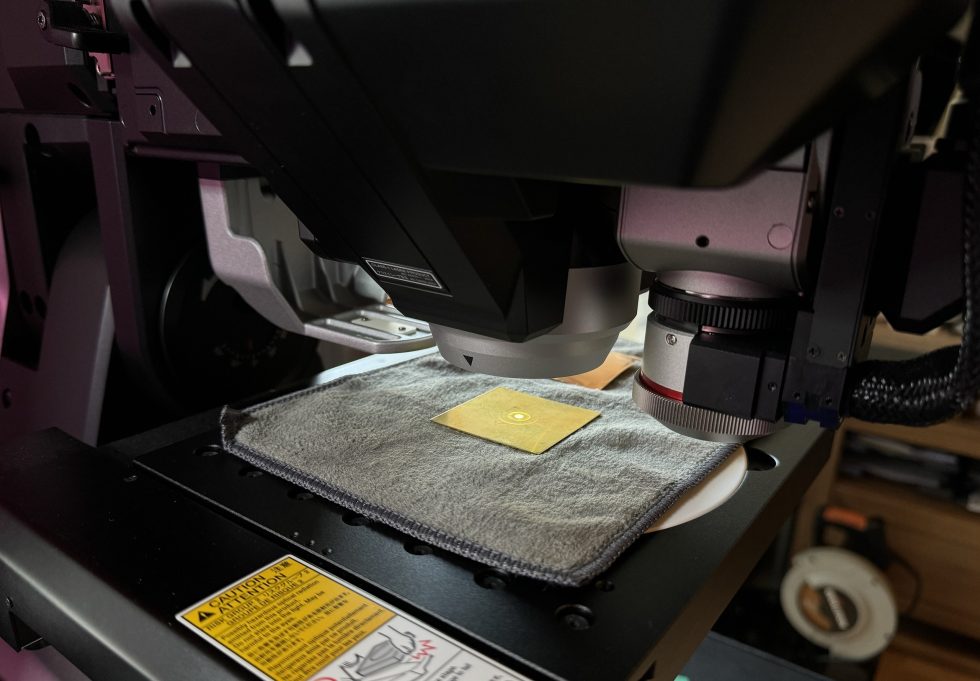
I would first like to point out that the results of the percentages in the overviews and tables were intentionally rounded to full percentages (wt%, i.e. percent by weight), as it happens often enough that production fluctuations can occur even within the presumably same material. Investigations in the parts-per-thousand range are nice, but today they are not useful when it comes to reliable evaluation and not trace elements. I therefore only deliberately searched for lead in the percentage range, although the RoHS even criticizes trace elements. I have provided more information on accuracy and methodology below as a link to a separate article.
However, every day in the lab starts with the same procedure, because when I start, I work through a checklist that I have drawn up. This takes up to 30 minutes each time, although I have to wait for the laser to warm up and the room to reach the right temperature anyway.
- Mechanical calibration of the X/Y table and the camera alignment (e.g. for stitching)
- White balance of the camera for all lighting fixtures used
- Check alignment of LIBS optics and standard lens, calibrate alignment of laser to own optics (x300)
- Test standard samples of the materials to be measured and correct the curve if necessary (see image above)
More articles from this series:
Watercool MO-RA3 420 LT schwarz (25100)
 | Lagernd im Außenlager, Lieferung 2-3 WerktageStand: 27.07.24 04:04 | 219,97 €*Stand: 27.07.24 04:10 |
 | lagernd: 3 | 219,98 €*Stand: 27.07.24 04:01 |
 | 4-6 Werktage | 239,11 €*Stand: 27.07.24 04:00 |














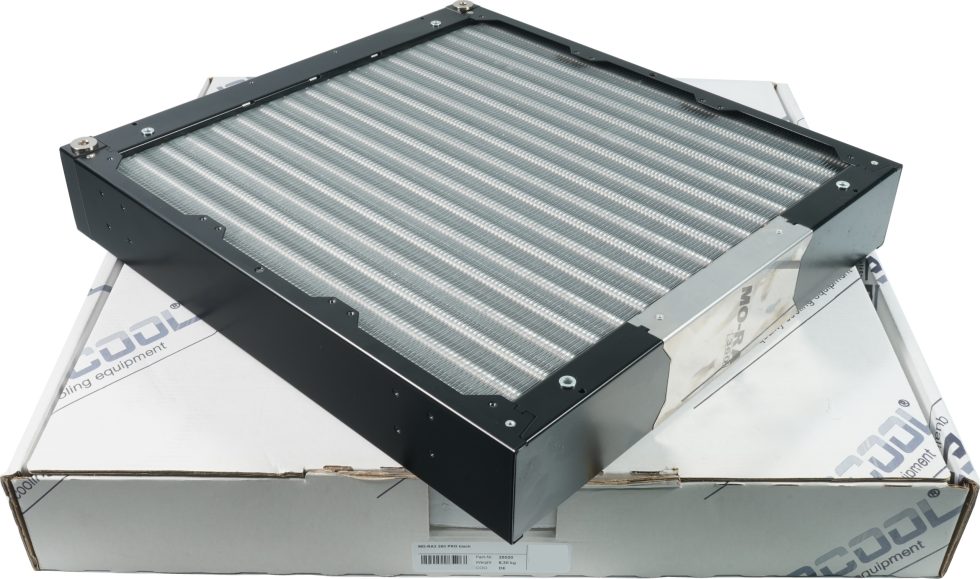
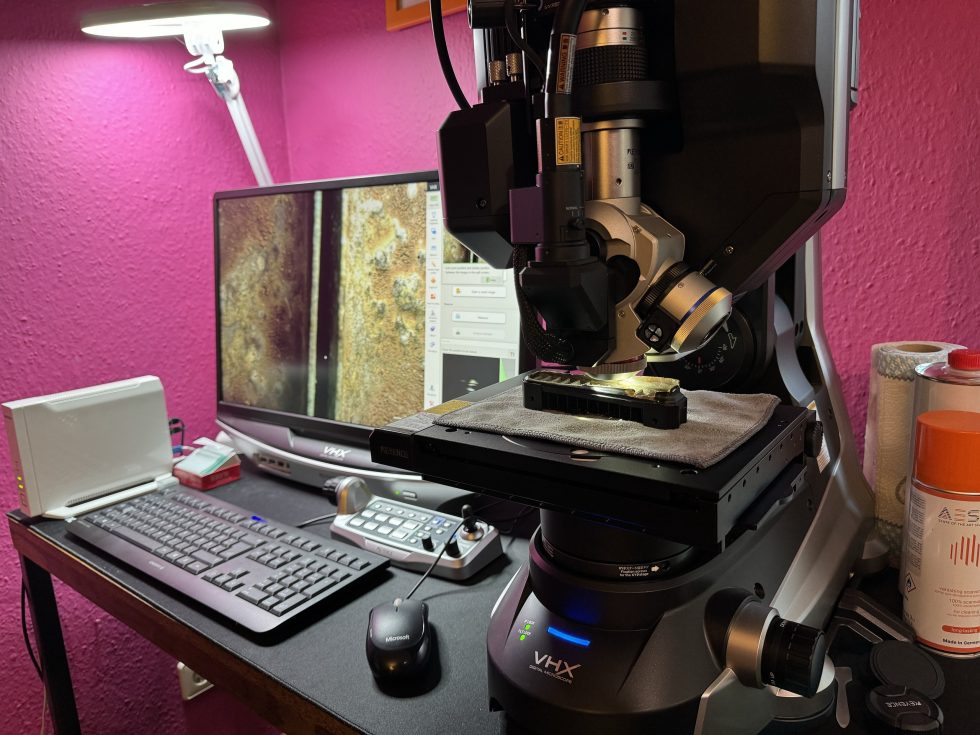

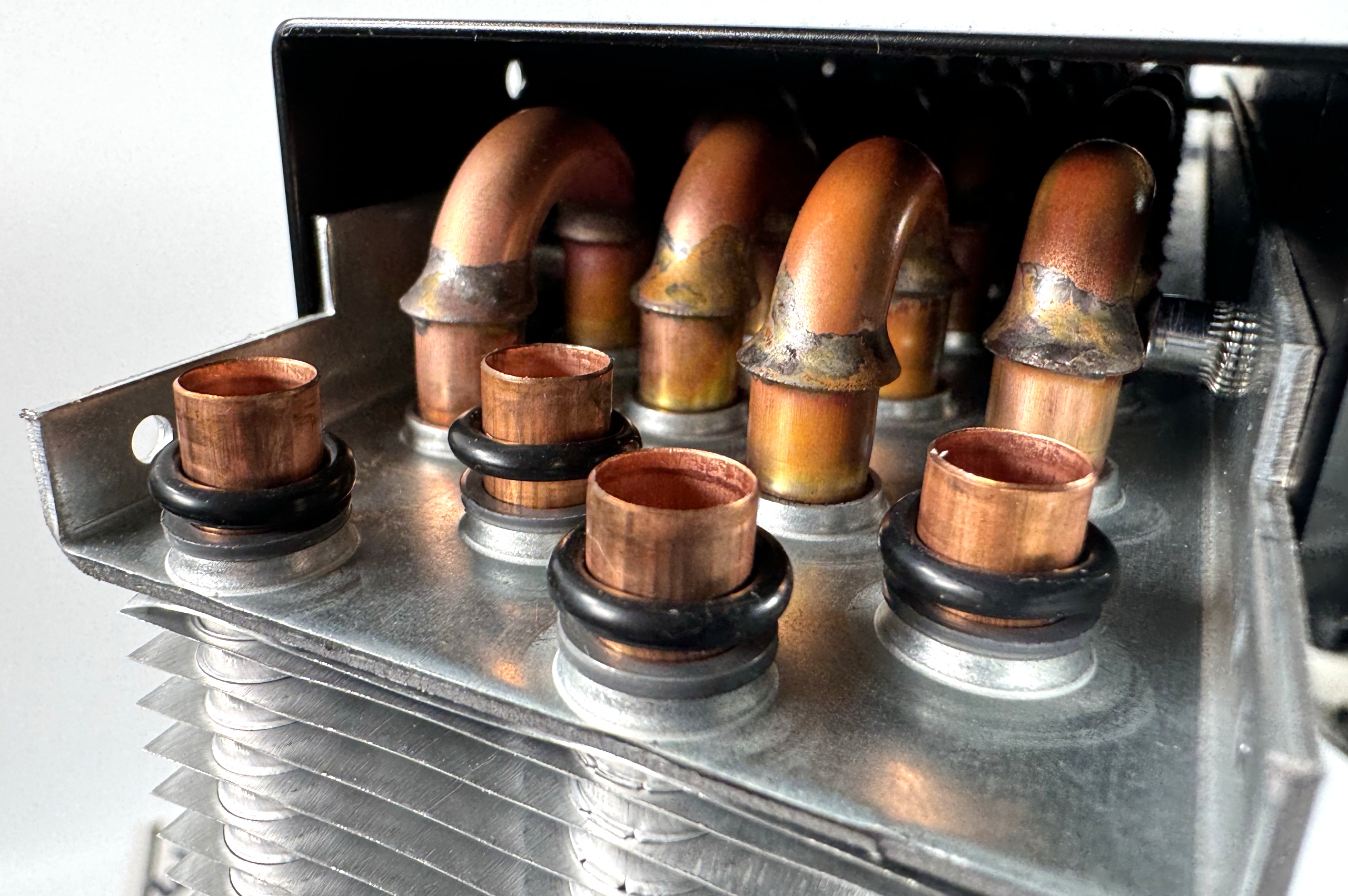
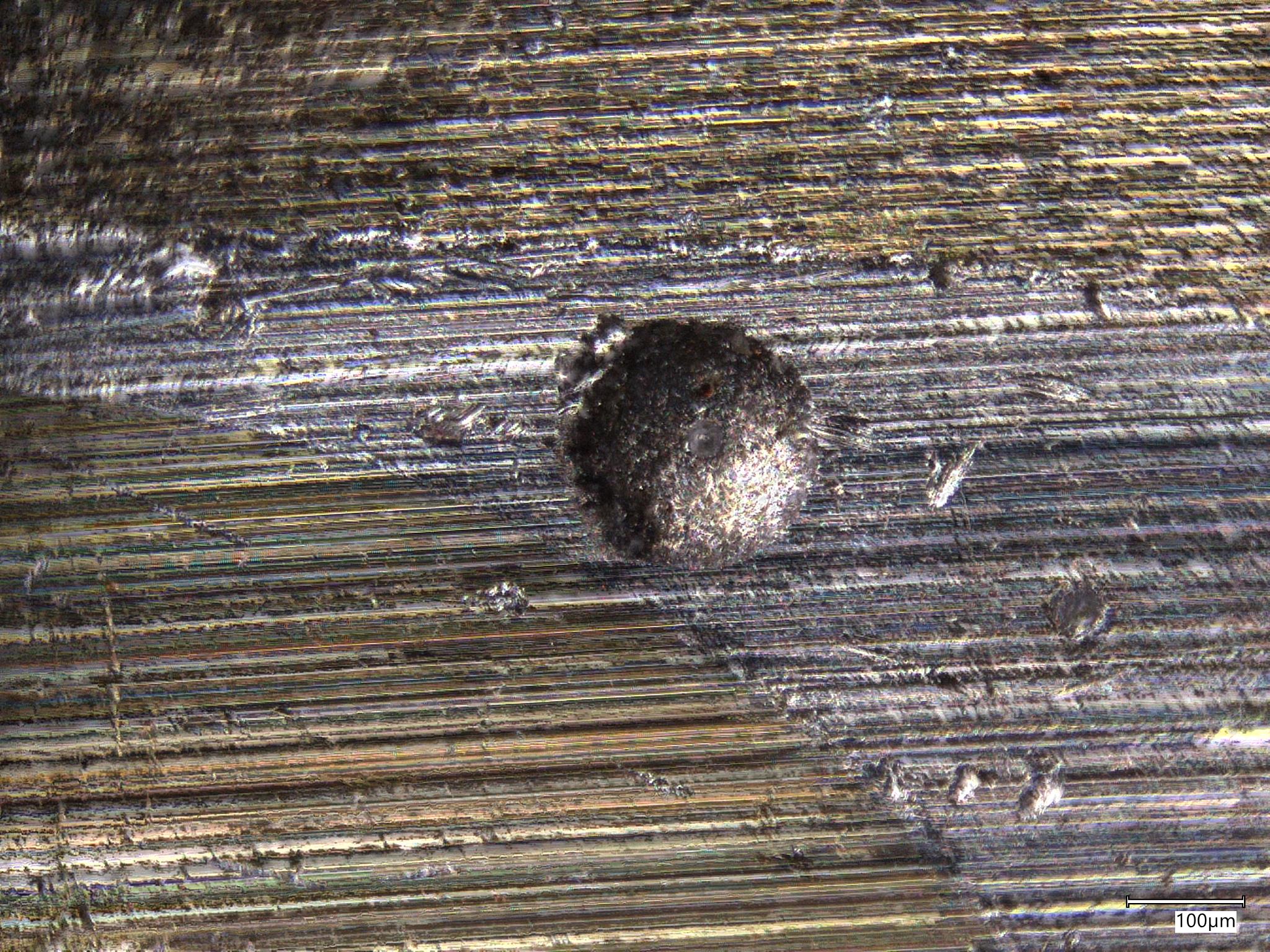
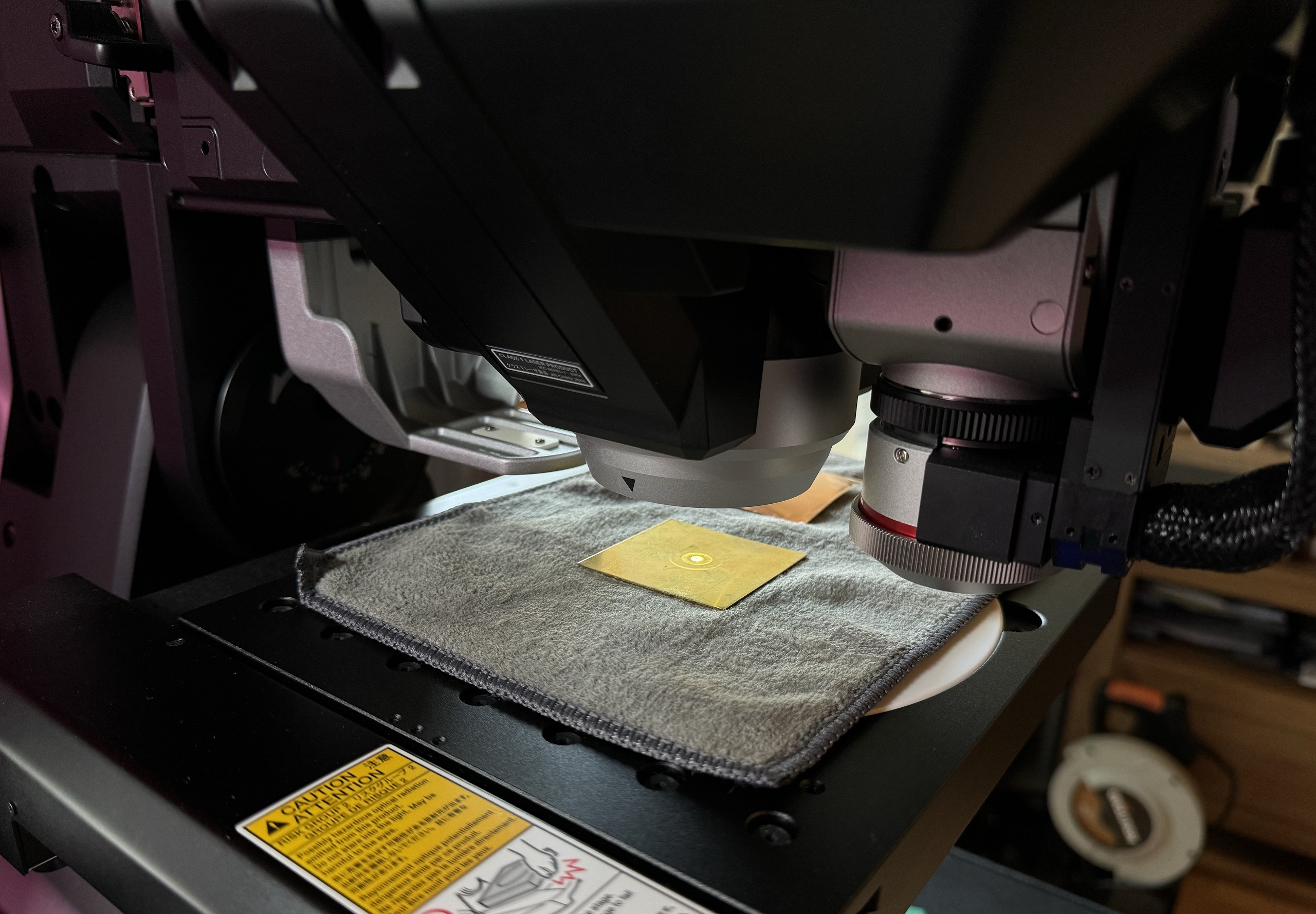
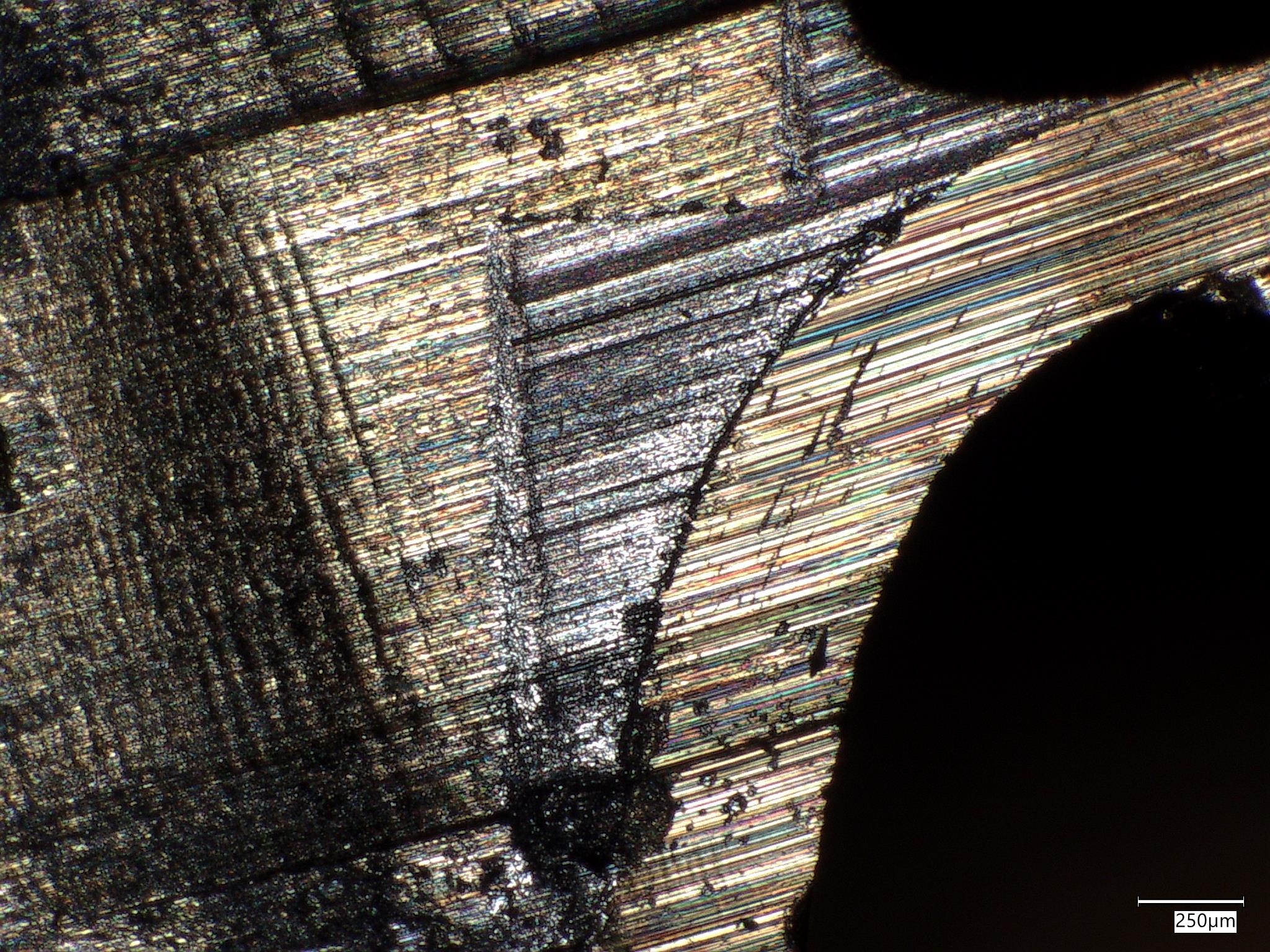
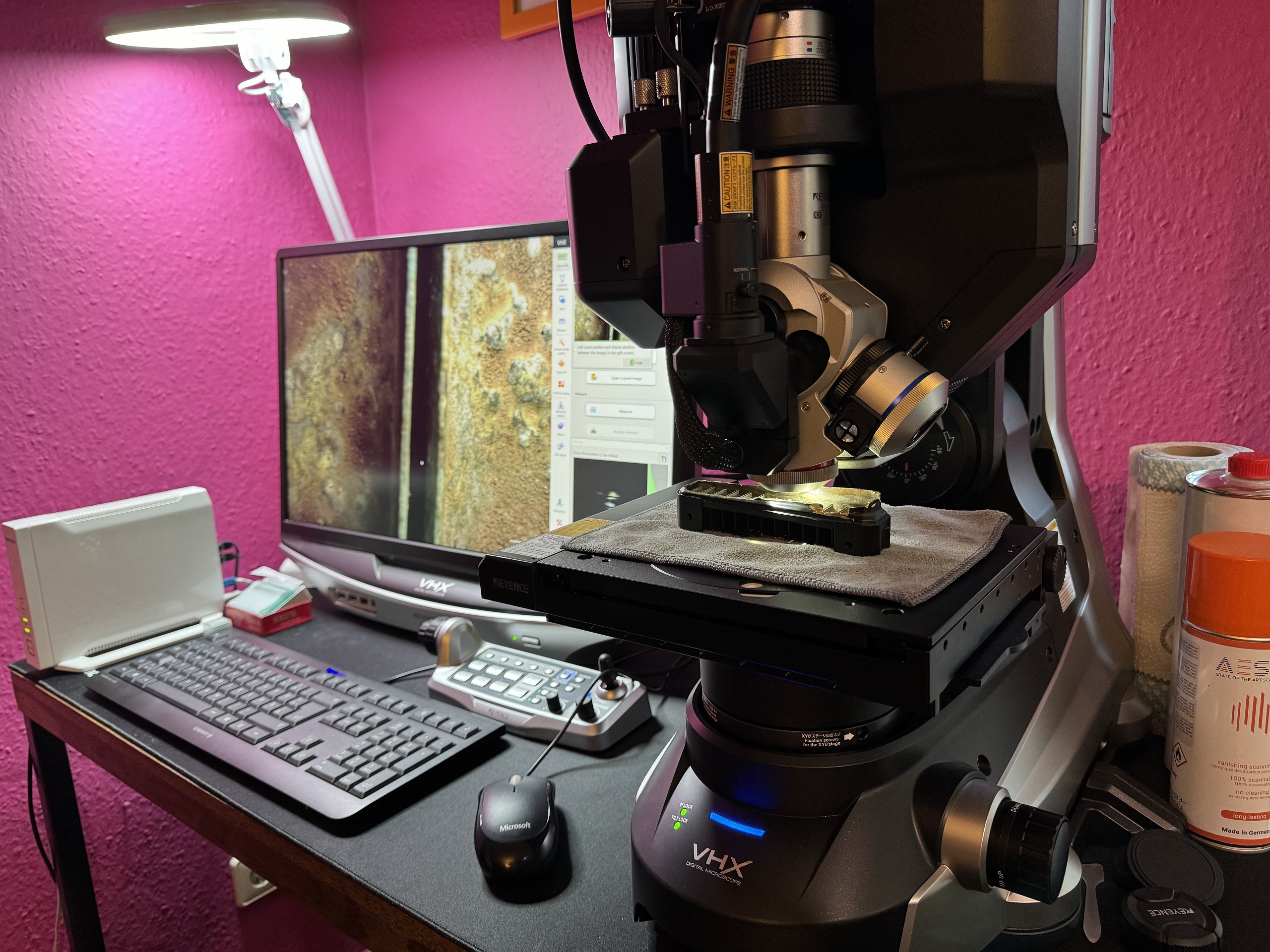

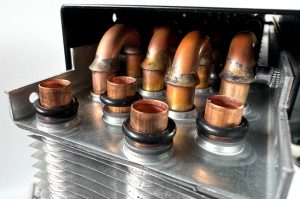
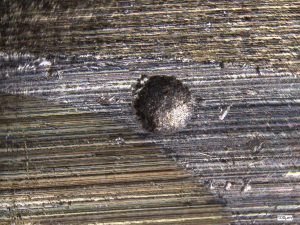
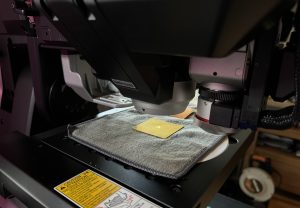
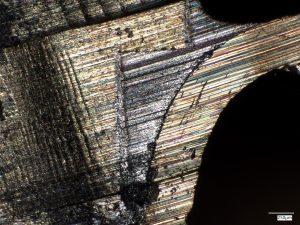
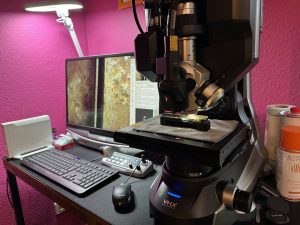



















25 Antworten
Kommentar
Lade neue Kommentare
Urgestein
Urgestein
Urgestein
Veteran
Urgestein
Urgestein
Urgestein
Mitglied
1
Mitglied
1
Mitglied
Urgestein
1
Mitglied
Urgestein
Urgestein
1
Urgestein
Alle Kommentare lesen unter igor´sLAB Community →